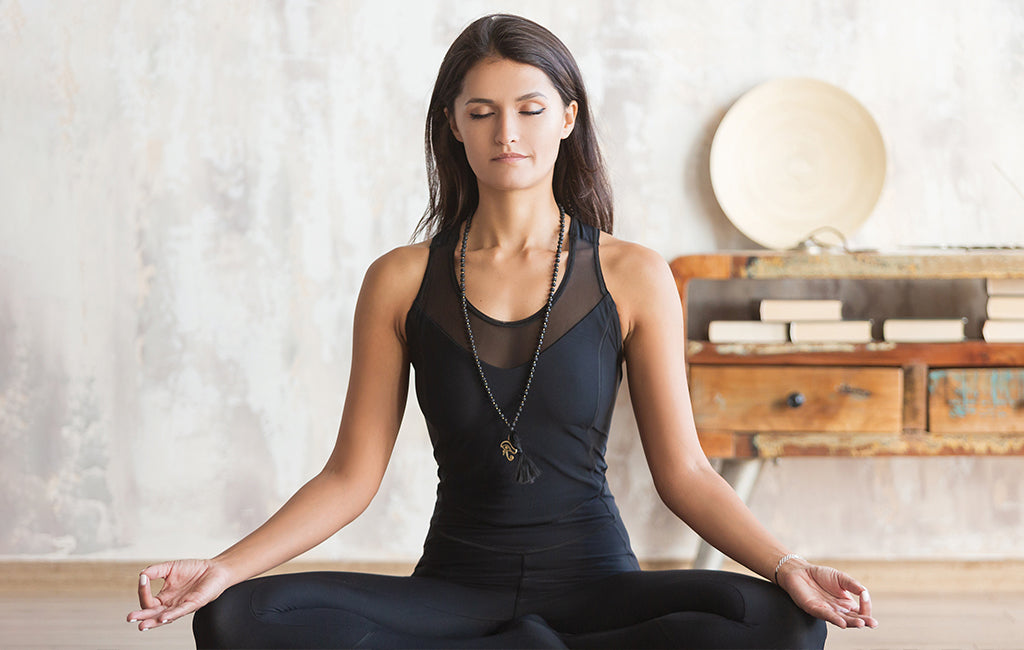How to Meditate? Grasping Mindfulness for Everyday Life
How to Meditate? Grasping Mindfulness for Everyday Life
Blog Article
How to Meditate: A Step-by-Step Approach to Achieving Mindfulness and Calm
Meditation serves as an effective tool for accomplishing mindfulness and psychological calmness in a hectic world. By recognizing the essential concepts and strategies included in meditation, people can cultivate a practice that enhances their overall wellness.
Comprehending Meditation
Recognizing reflection involves understanding its essential principles and methods, which act as the structure for the practice. At its core, meditation is a mental workout focused on promoting leisure, constructing inner power, and establishing empathy and understanding. The method urges individuals to focus their interest, commonly via methods such as deep breathing, visualization, or rule rep.
Meditation can be categorized right into different styles, including mindfulness, transcendental, and loving-kindness meditation, each with unique functions and methods. Mindfulness reflection stresses present-moment awareness and non-judgmental monitoring of thoughts and feelings, while copyright entails making use of certain mantras to transcend average mind. Loving-kindness meditation focuses on establishing a mindset of love and empathy towards oneself and others.
Despite the technique utilized, the primary goal continues to be consistent: to cultivate a deeper understanding of the mind and its patterns. This self-awareness promotes emotional resilience, clarity of idea, and an extensive feeling of calm (How to meditate?). By understanding these concepts and methods, individuals lay the groundwork for a successful reflection method that can substantially boost their overall wellness
Getting Ready For Your Method
Before beginning your reflection technique, it is necessary to create an environment for concentrate and leisure. Select a quiet area where you are not likely to be interrupted. This could be a corner of a space, a garden, or any type of location that stimulates a feeling of peace. Make certain that the area is tidy and complimentary of mess, as a clean atmosphere can assist clear the mind.
Think about the lights, as all-natural light can enhance your mood and power. Soft, warm lights is typically a lot more relaxing than extreme fluorescent lights. In addition, pick a comfortable temperature, guaranteeing that you are neither as well hot neither too chilly.
Integrating aspects that promote tranquility can further enhance your experience. This might consist of soft pillows or coverings for convenience, along with relaxing fragrances from vital oils or incense. It can also be beneficial to have a timer established for your reflection session to stop disturbances from clock-watching.
Standard Meditation Techniques
One more efficient strategy is body check reflection. This includes mentally scanning your body from head to toe, noticing any locations of stress or discomfort and consciously loosening up those muscles. This technique cultivates a deeper connection between your body and mind.

Lastly, loving-kindness meditation concentrates on cultivating compassion towards on your own and others. Calmly repeat phrases of a good reputation, boosting psychological well-being and interconnectedness. Each of these strategies functions as a foundation for your reflection trip, permitting you to find the approach that reverberates finest with your personal technique.
Maintaining Focus and Mindfulness

Developing a dedicated reflection space can boost the capacity to preserve mindfulness. A quiet, clean environment minimizes diversions, allowing for much deeper immersion in the practice. Additionally, establishing a time frame can aid take care of expectations; beginning with much shorter sessions may reduce the transition right into longer techniques.
Using methods such as body scanning or observing sensations can likewise bolster mindfulness. These techniques urge specialists to remain present and engaged with their physicality, securing their focus in the minute. Normal technique is essential; the mind builds durability over time, creating a more powerful capability for emphasis.
Incorporating Meditation Into Daily Life
Integrating reflection right into every day life can transform regular tasks into possibilities for mindfulness and self-reflection. By incorporating mindfulness practices into typical jobs, people can grow a better feeling of existence and harmony among the busyness of daily life.
Begin by identifying moments throughout your day where you can pause and exercise mindfulness. For example, during your early morning commute, emphasis on your breath or the sensations of the setting around you. In the kitchen area, technique food preparation as a reflective method, savoring the appearances, shades, and fragrances of the components. Even mundane tasks like walking or cleaning dishes can become opportunities for meditation by routing your interest to the experiences of movement and the sounds surrounding you.
Furthermore, reserving dedicated times for meditation can enhance its method. Beginning with short sessions, gradually boosting period as you come to be extra comfy. Usage reminders or signs-- like a details time of day or a soothing sound-- to develop uniformity.
Inevitably, the goal is to weave mindfulness into the textile of day-to-day live, allowing you to approach each minute with objective, consequently boosting your general feeling of well-being and clarity.
Conclusion
Finally, effective reflection needs a silent atmosphere, a comfy placement, and a focus on the breath. By allowing thoughts to arise without judgment and regularly redirecting attention to the breath, specialists can achieve enhanced mindfulness and peace. Incorporating different methods, such as body scanning and loving-kindness phrases, can better improve the technique. Routine meditation, even in quick sessions, fosters a deeper connection to the existing moment, ultimately causing better tranquility and mental clearness in day-to-day live.
Meditation can be classified into numerous designs, including mindfulness, transcendental, and loving-kindness reflection, each with unique purposes and approaches. Mindfulness reflection emphasizes present-moment recognition and non-judgmental monitoring of ideas and feelings, while copyright involves the usage of certain concepts to transcend common thought processes.With your reflection room prepared, it's time to Full Report explore numerous standard reflection methods that can aid cultivate mindfulness and inner peace.Regularly maintaining emphasis and mindfulness throughout reflection can be tough, especially for those brand-new to the method.Developing a committed reflection room can boost the capability to preserve mindfulness.
Report this page